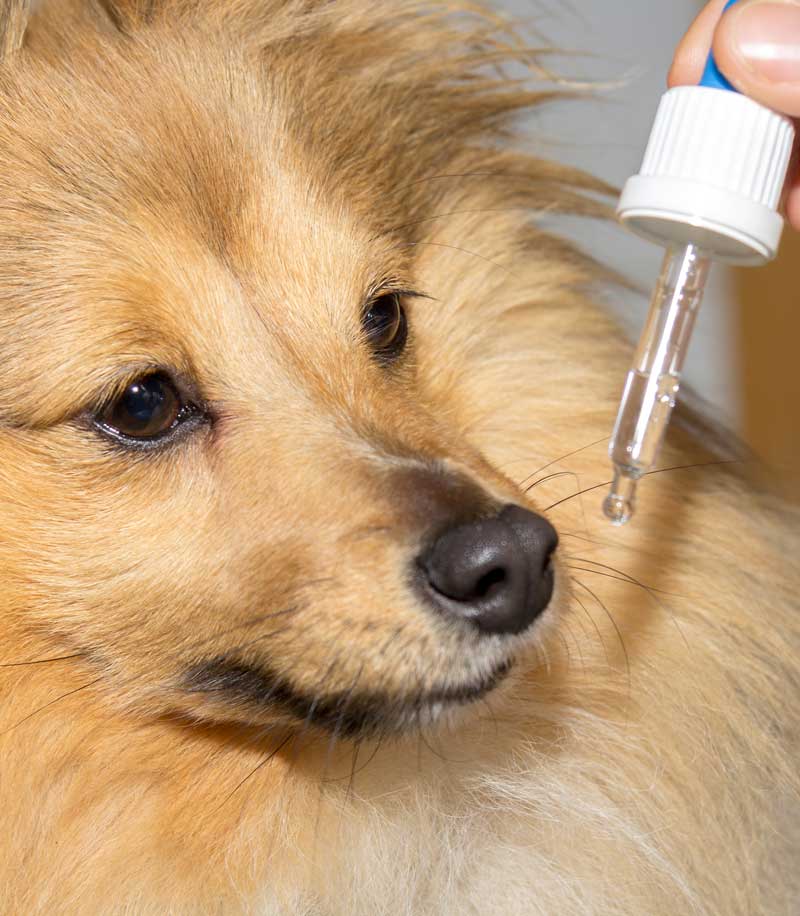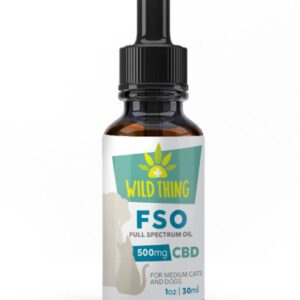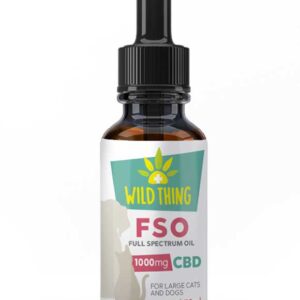You’ve probably seen a small red bulge in the corner of a dogs eye before, if not your own dog. That’s what they call Cherry Eye in Dogs and left untreated and can cause some serious issues and affect their tear production and overall eye health.
It’s not life threatening, however a dog’s eyesight is just as important to them as it is to us and if Cherry Eye is treated quickly, you can help prevent any permanent damage.
All dogs have three eyelids, did you know that? Their third eyelid is called a nictitating membrane and it’s located in the lower eyelid. This membrane acts as a secondary shield from dust and wind while your dog is playing in the yard or dog park. The nictitating membrane comes complete with its own tear glad that actually produces up to 50% of total moisture in a dog eye.
Ailment Guides:
canine ocular conditions
Causes of canine cherry eye?
Cherry Eye in dogs occurs when the connective tissue of the nictitating membrane tear gland is damaged or weak. This causes the gland to pop out of it’s little pocket in the bottom corner of the dogs eye near the nose. It’s very noticable and your can see from the bright red color and shape where it gets its name.
Cherry eye is a congenital disorder and even if your dogs has been treated for it in the past it has been known to reoccur. Outside of a genetic predisposition, veterinarians are not exactly sure what causes Cherry Eye in Dogs, but they do know that it’s more common is some breeds. Those breeds include:
- Basset Hounds
- Beagles
- Bloodhounds
- Boxers
- Bulldogs
- Cavalier King
- Charles Spaniels
- Cocker Spaniels
- Lhasa Apsos
- Neapolitan Mastiffs,
- Newfoundlands
- Pekingese
- Poodles
- Pugs
- Saint Bernards
- Shar-Peis
- Shih Tzus
- Terriers
treatments for cherry eye:
At the first sign of Cherry Eye in your dog you should be treated. When caught in the early stages it is possible to prevent any serious damage. The good news is that it’s pretty easy to recognize with it’s bright red bulbous shape.
You may not even need to see a veterinarian to help solve this issue with your dog. Some home massage treatments have been know to help return the cherry to its proper home. That’s right, massage. Using a moist warm cloth and some dog-safe eye drops a little massage of the affected area could solve the problem. You may need to treat the area a couple times, but it will be worth the time and effort. There is no guarantee the Cherry Eye is gone for good, it often recurs, so be sure to monitor it closely.
If you are not comfortable treating it at home or feel the condition is too severe for home treatment, you should consult your veterinarian. There are a few surgical options available to solve the issue, including minor surgery that involves stitching it back in place.
Why CBD can be an effective remedy for your dog’s cherry eye
CBD – or Cannabidiol – can support your dog’s eye health.
Cannabidiol (CBD) can be very beneficial for maintaining your dog’s immune system, cardiovascular system and overall vitality. CBD helps to lessen the effects of lethargy, gastrointestinal issues and reduces anxiety, aggression and stress-related disorders.
Think of CBD as a supplement that can reduce the severity and frequency of most symptoms of cherry eye. On the other hand, it is not specifically formulated to combat the degeneration of your dog’s vision. CBD acts as an immunity support, pain & inflammation remedy, and helps to prevent infections or tumors that might contribute to blindness and other ocular conditions.
Cannabidiol is a phytocannabinoid that has been shown to have a prominent effect on numerous ailments – including epilepsy, arthritis and cancer. Remedies containing CBD achieve this by interacting with your dog’s endocannabinoid system. Almost all animals, like people, have an endocannabinoid system; this network of neurotransmitters is integral to physiological processes like memory, mood, pain, stress and appetite.
This complex biosystem is very prevalent in dogs in comparison to other species. Canines have a high concentration of CB1 & CB2 receptors in their brainstem. CB1 receptors affect the brain, lungs, vascular system and muscles, gastrointestinal function; whereas, CB2 receptors are linked to bones, skin spleen and glial cells. In combination, CB1-CB2 collaborate in influencing the overall immune system, liver, kidneys, bone marrow, pancreas and brainstem.
CBD can help your dog by producing anti-inflammatory, anti-anxiety, antipsychotic, antispasmodic and analgesic effects indirectly – that is, CBD interacts with your dog’s ECS (Endocannabinoid System) opposite to THC which directly binds to the Cannabinoid Receptors of the body. This does two things: makes the positive remedial properties more bioavailable to your dog; and lessens or negates the psychoactive effects, such as those associated with THC ingestion.
As you can see by the scope of ailments that are affected by CBD, it is clear how introducing CBD into your dog’s routine can benefit their eye health.
Ailment Guides:
Can Your Dog Get A Cold
Lung Cancer In Dogs
Feline Dementia







